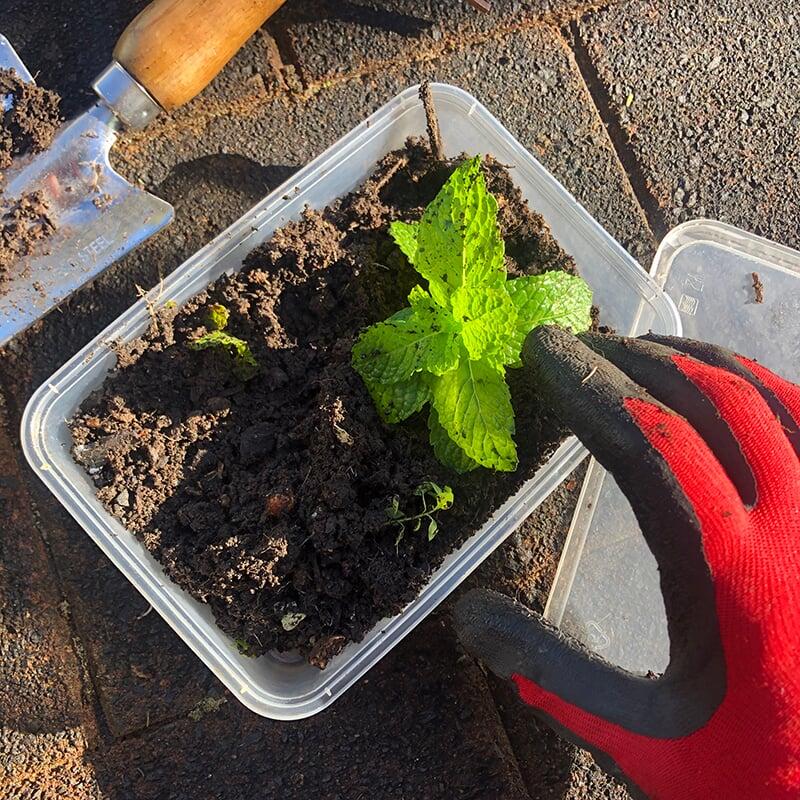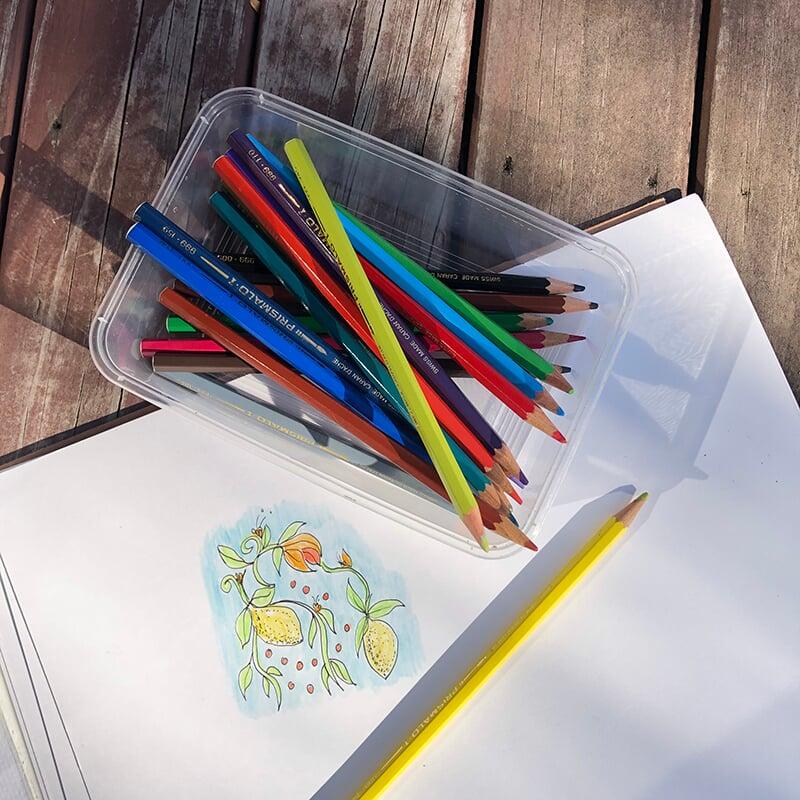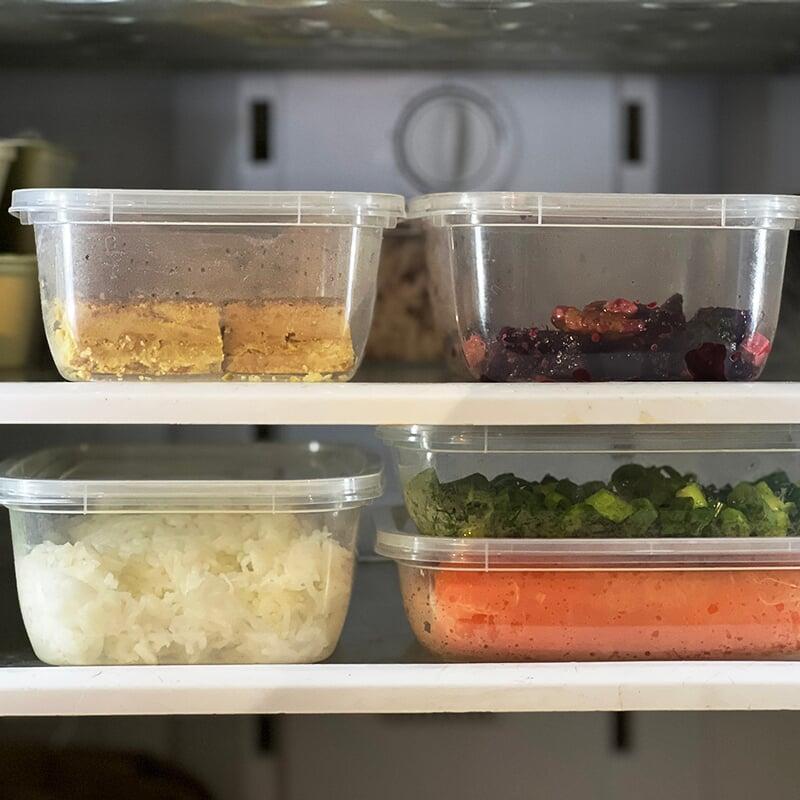Bonson is a New Zealand owned and operated manufacturer and supplier of world-class food packaging solutions, with a state-of-the-art food grade manufacturing site in Auckland. Partnering with some of Australasia’s leading food manufacturers and food service providers, Bonson offers a broad product range to cater for various markets both in New Zealand and Australia, including end-to-end customisation. Packaging materials include recycled and recyclable plastic and natural fibre-based food packaging.
Sustainability is a big part of decision-making at Bonson. It believes that the ultimate environmental solution is a circular economy – one where the absolute LAST option for waste disposal is landfill. With this in mind, Bonson has not only addressed reducing the environmental impact within its own operational practices (including supply chain) via sustainability initiatives, it’s made a commitment to educating stakeholders about how they can contribute to a circular economy. Everyone, right from manufacturer through to end consumer has a role to play in the community.

Awareness is the first step towards a circular economy
To improve the likelihood of Bonson’s products being part of the circular economy, Bonson has undertaken to help communicate to end users the actions they personally need to take for the loop to be formed.
A key goal of communications is to raise awareness – end users of food packaging have choices to make that many of them don’t even realise they have. When they consume food from containers they should be asking themselves:
- Can I use this packaging for something else (repurpose)?
If not:
- Can this packaging be given a chance of a new life (recycling)?
One form of Bonson’s communication is articles published on its website, which are also shared via its email database on a regular basis. The purpose of these communication vehicles is to build awareness, grow knowledge and spread messages that further support circular economy improvements. You could compare it to a ‘messenger game’, however, this trickle-down approach aims to make a positive difference, working on the basis that every little bit counts.
Tackling one behaviour at a time
One of the core product ranges Bonson supplies to its distributors is takeaway food containers. The polypropylene (PP) ranges are very popular because of their suitability to keep food hot and secure, particularly if the contents is of a liquid and oily nature, such as curries.
Given that PP is both highly recyclable (recycle code #5) and kerbside recycling of #5 is widely available in New Zealand, Bonson has chosen to focus its recent circular economy related communications around these ranges. Despite over 95% of the NZ population having access to PP recycling collection, only a relatively small percentage of the population are doing the right thing. As mentioned by Simon Wilkinson, Plastics NZ Environmental Projects Manager “Still only half of recyclable PP is being put in kerbside collection bins or commercially collected, the rest is mistakenly thrown out as rubbish. Our recyclers need your help!” says Simon#. Bonson is stepping up to help spread the word.
So, what is the ‘right thing’ for end users (consumers) of food packaging to do? Consumers are not going to change their habits of purchasing takeaways. Therefore, we need to be realistic in addressing the situation as it stands and encourage everyone to be more intentional in decision-making. Consumers need to be aware that they have choices and what those choices are.
When it comes to Bonson’s PP food packaging, the choices end users have once their food packaging has served its initial purpose are ‘repurpose’ or ‘recycle’.

Creative repurposing
Bonson has been sharing ideas about creative ways to repurpose food containers in articles such as this one. Bringing these ideas to life with photos helps underline how there are so many ways to use containers after their initial use. Repurposing the containers prolongs their lifecycle, delaying the inevitable next step of being recycled. From being used to grow plant seedlings and store items in the garage to being kept in the car as a spare dog water bowl, it is easy for these containers to serve consecutive new purposes.
Recycling after repurposing
Only when the PP takeaway containers have exhausted all the possibilities of being used for a different purpose after their initial use for food, they should be recycled rather than thrown in regular household waste. That’s Bonson’s message to distributors to pass on to their customers (and on to the end users). Emphasising that Bonson’s PP containers are recycle code 5 and therefore can be washed and placed in the recycle bin should, bit-by-bit, increase the awareness that will help reduce the number that get put in the wrong bin at a household-by-household level.
Bonson is a proud member of WasteMINZ; aiming to keep abreast of industry news and information; share best practice and resources relating to sustainability and the circular economy.
# References:
Recycling Week 2022: Big increase in New Zealanders recycling PP #5 over the past year says Plastics NZ
